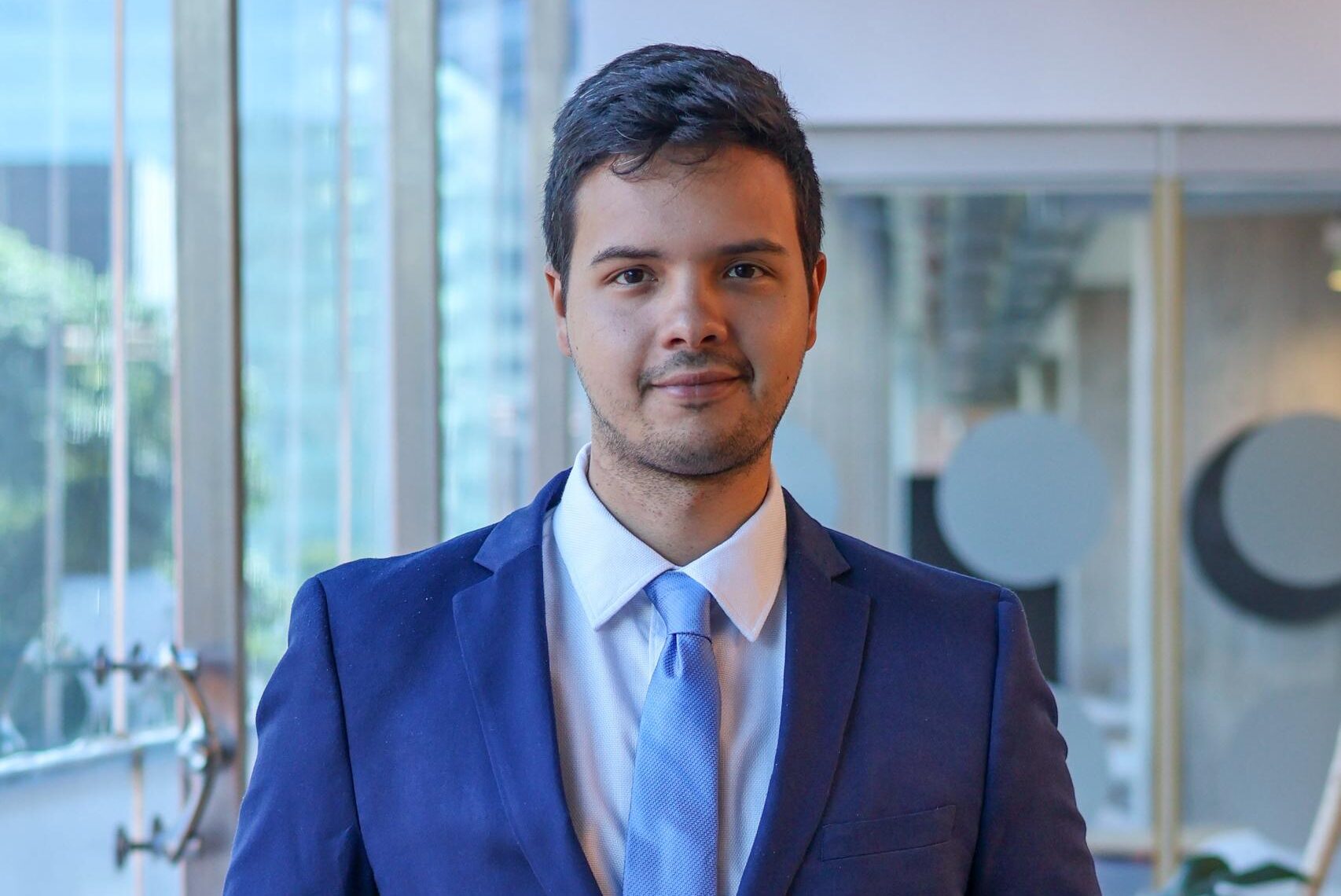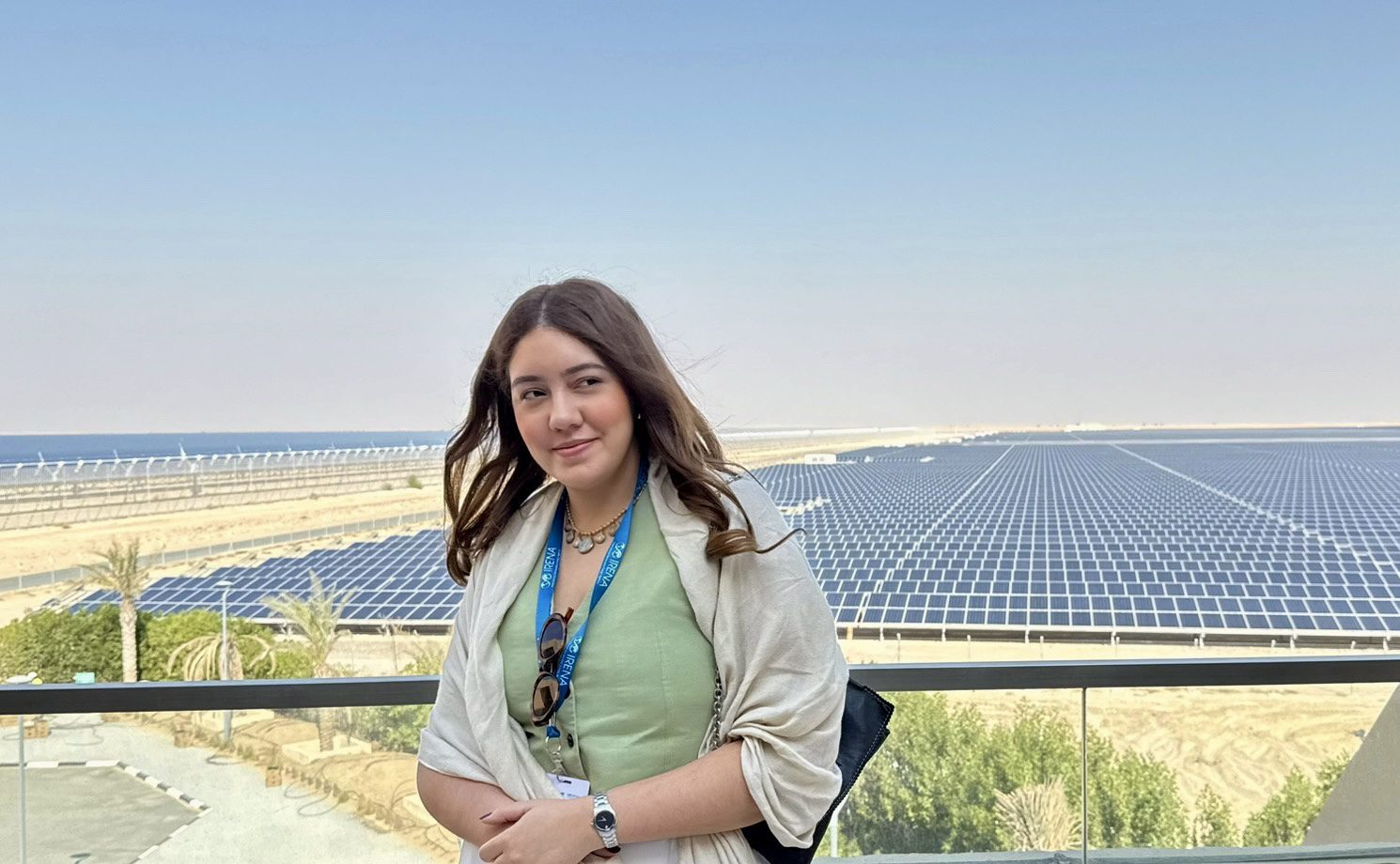Alberto Holland is a contributor at Guacamaya.
Guacamaya, September 23, 2025. The Venezuelan economy is highly dollarized de facto. Faced with the hyperinflation of the bolivar and the chronic shortage of physical US dollars, the stablecoin Tether (USDT) has definitively become a massive refuge for both citizens and, recently, for state operations.
USDT or Tether is used by millions of people as a store of value and a means for everyday payment. At the time of writing, there are reports confirming that PDVSA and the Central Bank of Venezuela (BCV) have adopted USDT as a mechanism to receive payments for oil exports. Similarly, economists have reported that the BCV is liquidating millions of USDT for its foreign exchange interventions, and it is even being considered that the governing body allocate the stablecoin to private companies.
However, the centralized control by Tether Limited implies a critical risk: the company can block or freeze funds if ordered by authorities such as OFAC (the US Office of Foreign Assets Control). In fact, by July 2025, Tether had frozen more than $2.9 billion in assets linked to illicit activities or by regulatory order.
In Search of Alternatives for the Common User and the Venezuelan State
The massive use of USDT in Venezuela has provided relief from inflation and the lack of physical foreign currency. It has facilitated liquidity in a stable currency, with fast exchange mechanisms like P2P, and has allowed Venezuelans abroad to send remittances to their families in an agile and cost-effective manner. Simultaneously, this alternative route to the traditional financial system has served the Venezuelan state as a partial evasion mechanism against OFAC sanctions.
However, this dependence concentrates risk on a single stablecoin and exposes both citizens and the State to the vulnerability of external decisions over which they have no preventive capacity. In this scenario, it is essential to explore options that grant greater financial sovereignty.
Exploring alternatives, from diversification into other crypto assets and decentralized stablecoins, to strategic agreements with international allies, becomes crucial to ensuring economic continuity and mitigating the impacts of potential restrictions on USDT. This is especially important considering the limited ability to anticipate decisions that the Trump administration may or may not take.
For the Common User
For Venezuelans, absolute dependence could mean the immediate loss of access to savings, payments, and remittances if USDT is blocked. This is understood in the context of past events, where overcompliance with sanctions by private companies has often massively affected users who, although having nothing to do with the state, are preemptively penalized.
In this sense, to mitigate risks, citizens could:
- Diversify into USDC and other currencies.
- Keep part of their assets in Bitcoin (BTC) as a non-censorable asset.
- Use local P2P ramps for quick conversion.
For the Venezuelan State
For the Venezuelan State, the path could be similar. However, given the large volumes of its operations, there are additional risks to weigh, both from the point of view of the American legal framework and the volatility of an alternative market. In the short term, the most logical step would be to diversify its portfolio of digital assets.
In this sense, there are some decentralized options such as DAI, a stablecoin whose dollar-peg is backed by crypto assets through the use of smart contracts on the Ethereum blockchain and whose issuer is MakerDAO, a decentralized autonomous organization. Although its usability and liquidity do not reach the levels of USDT, it is an alternative against potential actions by Tether.
Also, in the crypto market, we can find options like EURI, a stablecoin linked to the value of the euro that has been gaining ground. However, it is regulated by European digital asset laws (MiCA), which would pose another legal barrier for the Venezuelan state. It is issued by Banking Circle S.A., a bank based in Luxembourg.
Of course, there are other options with greater volatility than stablecoins, such as Bitcoin (BTC) or Ethereum (ETH). Both, with their own advantages and disadvantages, present a viable alternative to circumvent the sanctions of the traditional system. In the specific case of BTC, it has a limited number of coins to be issued (21 million), and many currently view it as a new store of value.
We have already seen states like El Salvador accumulating their own reserves in BTC daily; recently, the United States did so by announcing its strategic reserve of crypto assets (although for now they are not recording purchases, but rather their strategic reserve consists of seized assets), which undoubtedly represents a growth in the geopolitical importance of these assets.
Ending the Dependence on Tether and Diversifying Must Be the Path
Venezuela’s dependence on USDT is a double-edged sword: it has been useful against inflation and sanctions, but it also constitutes a point of vulnerability to US regulatory control. A blockade would have devastating consequences for citizens and the State. The prudent path consists of diversifying into decentralized alternatives and expanding international agreements to reduce exposure to a single centralized asset.
BTC, although volatile and traceable, offers mechanisms for sovereign custody through cold wallets and direct payments, making it a viable option for maintaining operations outside the traditional financial system.
The true risk lies in betting everything on a single asset: focusing solely on USDT equates to accepting an existential risk.







